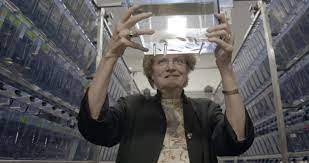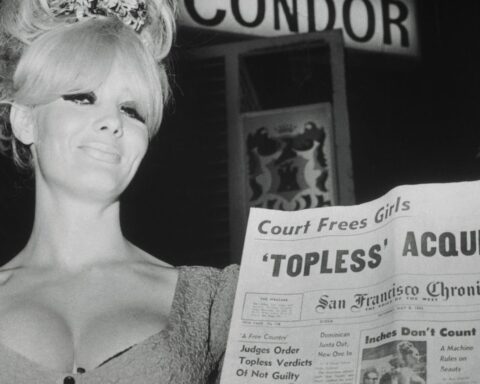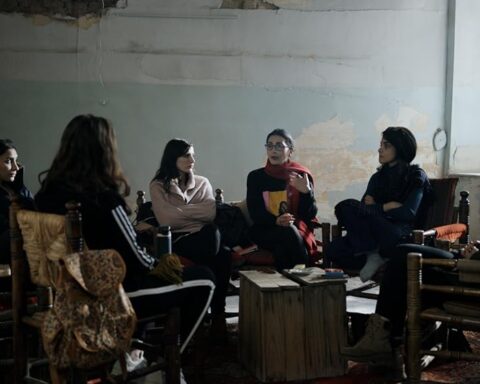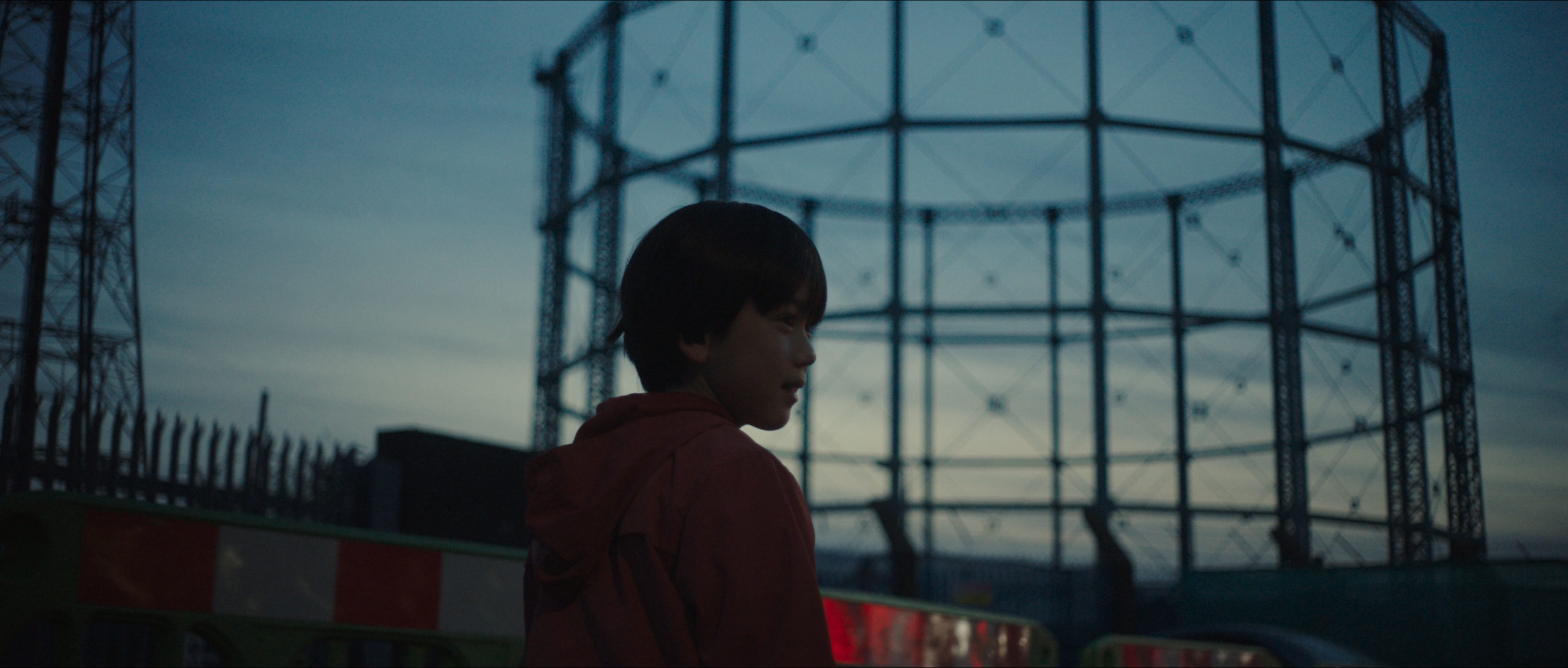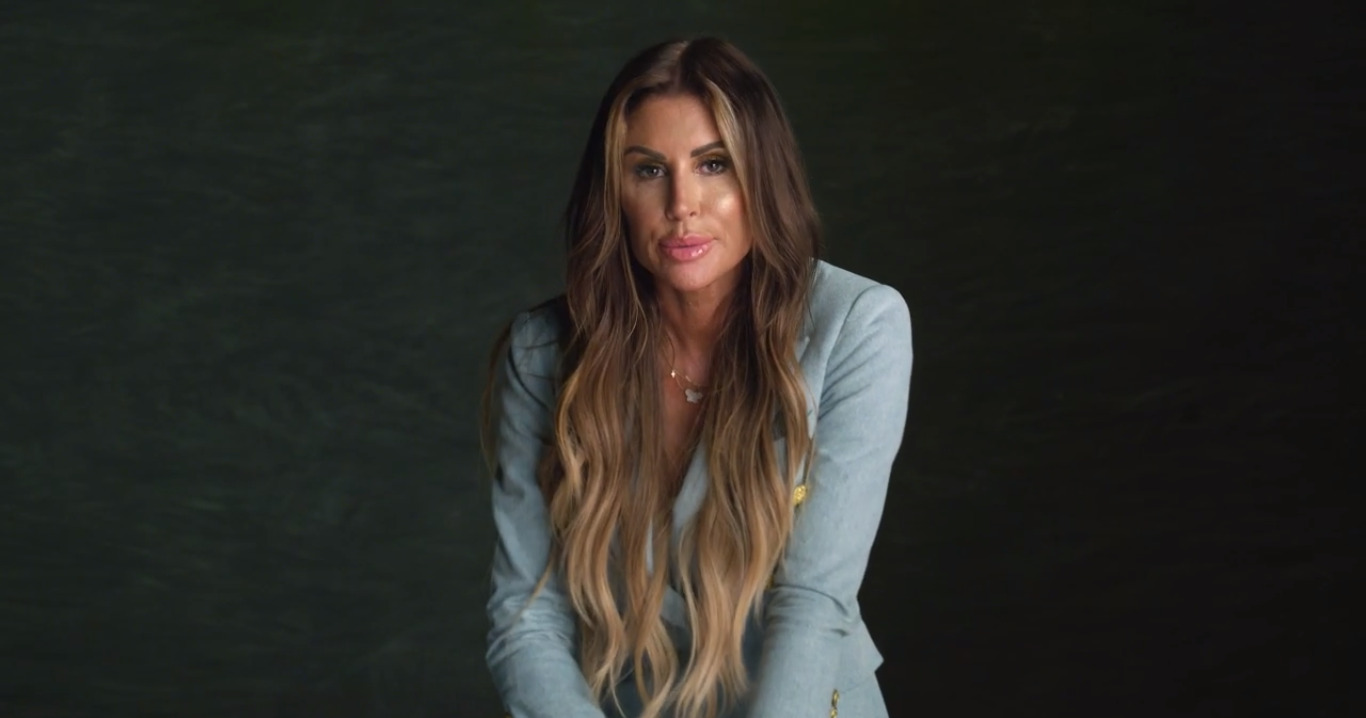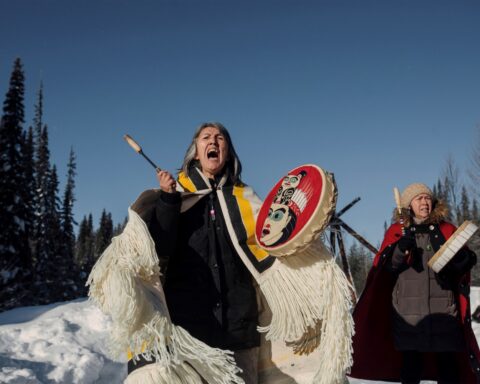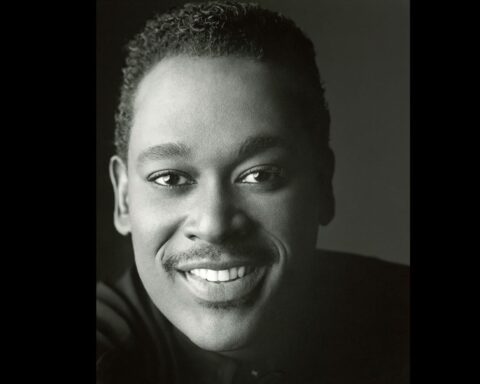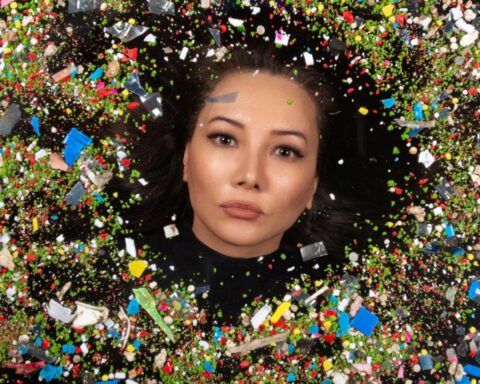Picture a Scientist
(USA, 97 min)
Dir. Ian Cheney, Sharon Shattuck
The call for more women in STEM (Science, Technology, Engineering, Math) is not new. The #MeToo movement happened nearly four years ago. While these issues are still talked about, they’re no longer at the forefront of our rapidly moving cultural conversation. When pressing systemic issues are brought to light, what happens after they’re no longer trending topics?
Picture a Scientist injects new energy into these conversations. While its contents may not be new or revelatory for some, especially women in science themselves, the details of hard-hitting anecdotes and shockingly recent statistics will be eye-opening for many. Picture a Scientist illustrates how the fight for gender equality in the scientific community is far from over although it has come a long way.
The film revolves around the stories of three female scientists and their experiences with sexism, sexual harassment, and other barriers over the course of their careers. Nancy Hopkins, a retired molecular biologist, anchors the film with the longest time spent putting up with it all. She’s framed as one of the pioneering women in the sciences who pushed for better treatment, following the realization that there was a measurable way that men were being favoured over women in her department–in their lab and office sizes.
Another key figure is Jane Willenbring, a geologist and professor who finally seeks justice over a decade after she was bullied and sexually harassed by her Master’s supervisor during a gruelling fieldwork expedition in Antarctica. The film revisits the vivid, traumatic experience in detail, including photos of her as a rosy cheeked grad student in the field, her big smile hiding the humiliation and pain she was enduring.
The doc scratches the surface of another battle that exists in this ongoing fight. Women of colour are even less likely to make it in the world of science, with both sexism and systemic racism stacked against them. Raychelle Burks, a chemist and professor, provides necessary insight through her experience of being a Black woman on faculty and in the lab. At times, the film is doomed to mirror how white the fight for gender equality in the sciences is, so Burks’ story is crucial to imagining the future of science at its most equitable.
Aside from talking head interviews, Picture a Scientist uses vivid animation to paint the story as one for the textbooks. Key plot points and new characters are visually introduced as sketches and figures on a textbook page. Shocking recent statistics are laid bare and employed at the right moments to pack an emotional punch. The minimalist visual style of the film allows the scientists’ anecdotes and stories to shine through.
Picture a Scientist should do well when screened as educational material in science classes at universities and beyond. It is a powerful testimony to both the history of women in the sciences and the urgency of the continued work to bolster equality in the discipline. It is bound to reinvigorate conversations around equality in the scientific community and beyond.
At the end of the film, Hopkins reflects with great sadness on how much time she has put into fighting sexism at her work. She pores over binders full of email exchanges and letters. Now retired, she thinks of all the research she could have done with that wasted time. The core principle of the film resides here: that like all female scientists, she just wanted to be doing her job.
Picture a Scientist streams via Hot Docs Ted Rogers Cinema’s Doc Soup series January 18-24, along with a Q&A with the filmmakers.
Picture a Scientist – trailer from Wicked Delicate Films on Vimeo.




